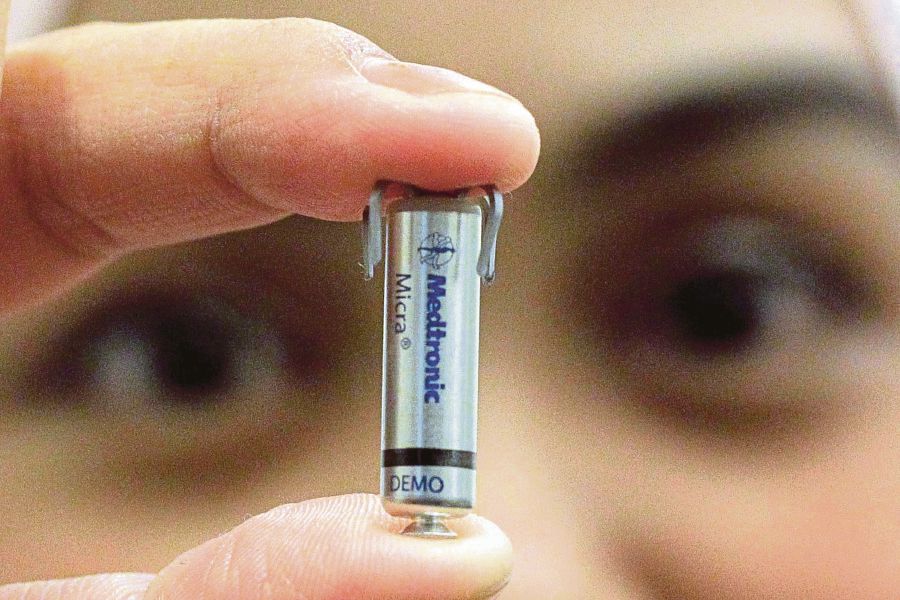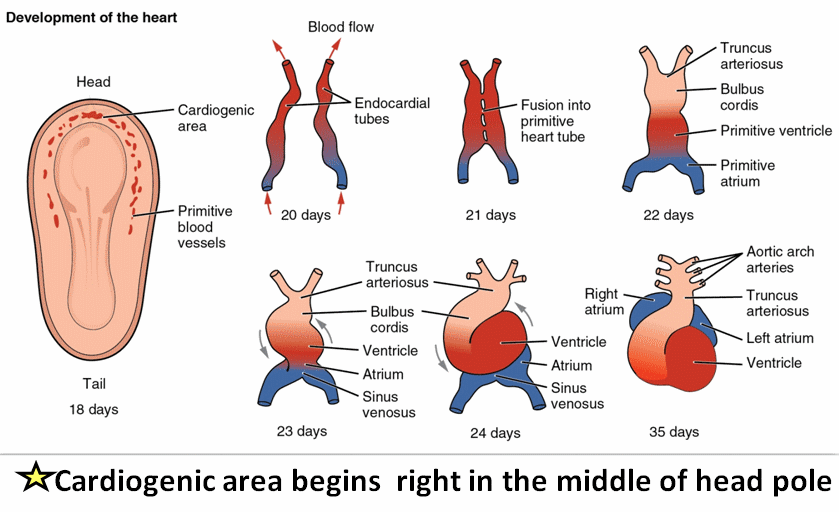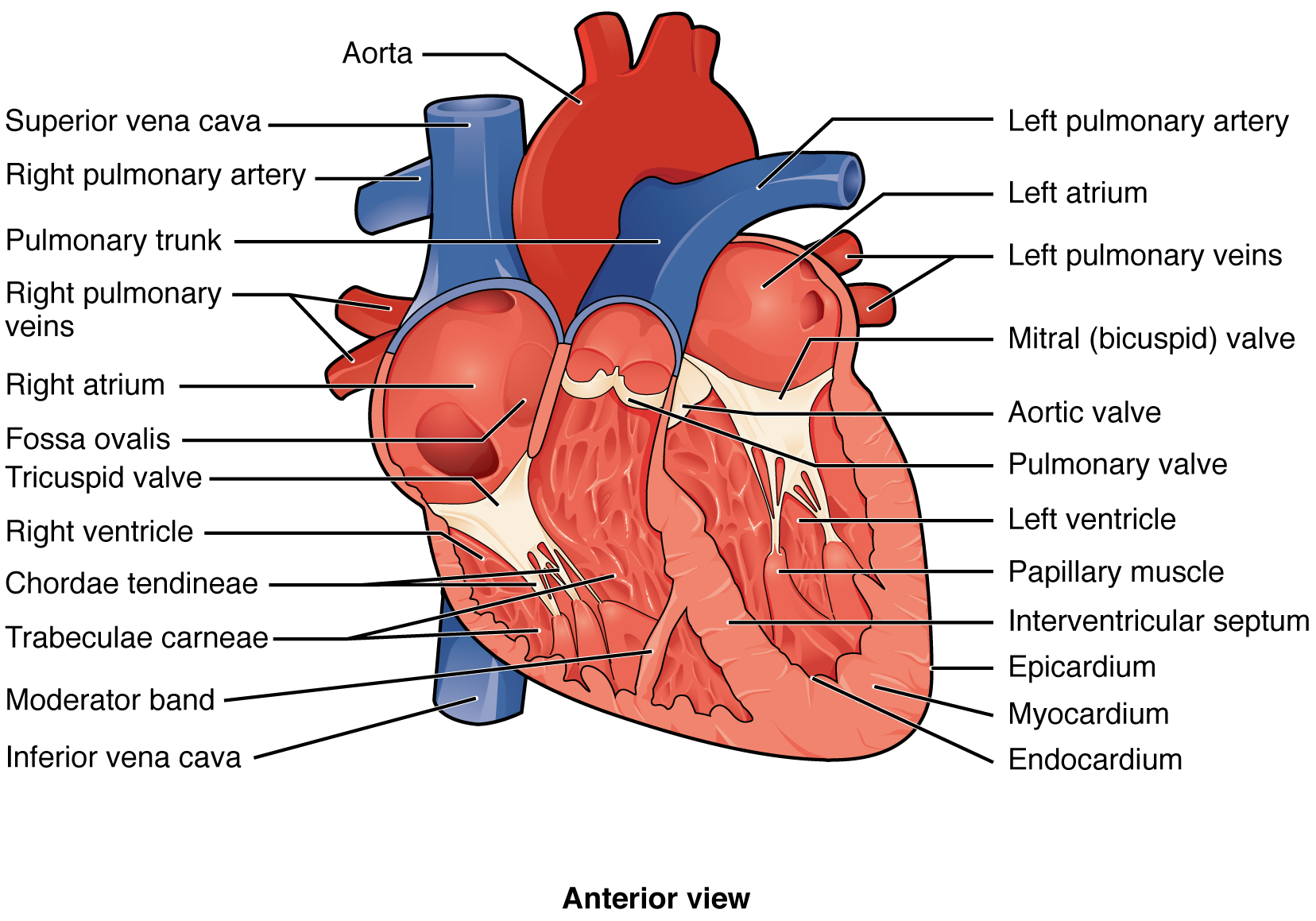(PDF) Retrieval of a Micra transcatheter pacing system in a heart with a preexisting lead

IJN emerges as first Asia Pacific hospital to treat heart patients with smallest pacemaker
Micra™ is the world's smallest pacemaker. 1 Unlike most pacemakers that are placed in a patient's chest with leads running to the heart, Micra is a leadless pacemaker because it's implanted directly into the heart. View brochure (opens new window)

Leadless Pacemakers Cardiac Electrophysiology Clinics
TPS is the latest technological NIBS device that has been proven effective, safe, and sustainable for reducing depressive symptom severity in this pilot RCT. The utilization of NIBS to treat neurodegenerative diseases or neuropsychiatric symptoms is likely to be a future trend in neuroscience and clinical psychiatry. In this vein, TPS may well.

Here lies the heart Andy Timmons (TPS) Fabio Gambirasio YouTube
In conclusion, the Micra transcatheter pacing system, a leadless right ventricular pacemaker, was successfully implanted in 99.2% of 725 patients in whom implantation was attempted. The device met.

Anatomy of the human heart and the pathway of blood flow through the heart. Download
0:00 / 3:00 • The Heart and Circulatory System - How They Work Mayo Clinic 1.04M subscribers Subscribe Subscribed 66K From an accredited US hospital Learn how experts define health sources in a.

FileHeart anterior exterior view.jpg Wikimedia Commons
Micra TPS had fewer major complications compared to patients in the historical control cohort at 6-month follow-up:. Multiple devices in the heart may compromise cardiac function, or be a source of interference. The second replacement strategy is to extract the LP and subsequently implant a new device. However, extraction may not be feasible.

Permanent Leadless Cardiac Pacemaker Therapy Circulation
When the small arteries (blood vessels) of the lungs become narrowed, they cannot carry as much blood. When this happens, pressure builds up. This is called pulmonary hypertension. The heart needs to work harder to force the blood through the vessels against this pressure. Over time, this causes the right side of the heart to become larger.

Dr. Smith's ECG Blog Paroxysmal SVT (PSVT) that repeatedly recurs in spite of successful
Join the Amoeba Sisters in their introduction to the circulatory system and follow the pathway of blood as it travels through the heart! This video explains the importance of blood, arteries, and.

(PDF) Retrieval of a Micra transcatheter pacing system in a heart with a preexisting lead
© Cornerstone OnDemand. All Rights Reserved.

Blood Supply Of Heart / PPT Trace the pathway of blood ( )through the body using Learn
How the Heart Works | Physiology | Biology | FuseSchoolThe main job description for this muscular organ is to pump oxygenated blood throughout your body. f.

Medtronic has received CE mark for Micra AV Transcatheter Pacing System (TPS), the "world’s
1/2 Synonyms: none The innervation of the heart refers to the network of nerves that are responsible for the functioning of the heart. The heart is innervated by sympathetic and parasympathetic fibres from the autonomic branch of the peripheral nervous system. The network of nerves supplying the heart is called the cardiac plexus.

Micra TPS Implant Procedure Animation YouTube
A transesophageal echocardiogram (TEE) is a type of ultrasound test. Your doctor puts a tube down your esophagus with an ultrasound device that takes a series of moving pictures of your heart..

Electrical conduction system of the heart wikidoc
Heart anatomy. The heart has five surfaces: base (posterior), diaphragmatic (inferior), sternocostal (anterior), and left and right pulmonary surfaces. It also has several margins: right, left, superior, and inferior: The right margin is the small section of the right atrium that extends between the superior and inferior vena cava .

Heart Embryology Development of the Heart
The Heart. The heart is an organ about the size of your fist that pumps blood through your body. It is made up of multiple layers of tissue. Your heart is at the center of your circulatory system. This system is a network of blood vessels, such as arteries, veins, and capillaries, that carries blood to and from all areas of your body.

Chapter 115. Development of The Heart Formation of The Heart Loop Review of Medical
D-Ribose: one scoop 2-3 times daily. L-Carnitine: 1 g, 2-3 times daily on an empty stomach. Broad-spectrum magnesium: 100 mg, 2-3 times a day. Remember to coordinate closely with your doctor before adding nutrients to your routine. Dr. Sinatra shares what you need to know about heart ejection fraction, including symptoms to watch for and how to.
Calculation of TPS and CPS. Schematic image of tumor specimen stained... Download Scientific
8. Breathe deeply. Try breathing slowly and deeply for a few minutes a day. It can help you relax. Slow, deep breathing may also help lower blood pressure. 9. Wash your hands often. Scrubbing up with soap and water often during the day is a great way to protect your heart and health.

Heart Anatomy · Anatomy and Physiology
The Micra™ transcatheter pacing system (TPS) is the world's smallest pacemaker, 1 delivered percutaneously via a minimally invasive approach,. Heart Rhythm. May 2012;9(5):728-735. 4. Williams E, Whiting J. Micra Transcatheter Pacing System Size Comparison. November 2014. Medtronic data on file.